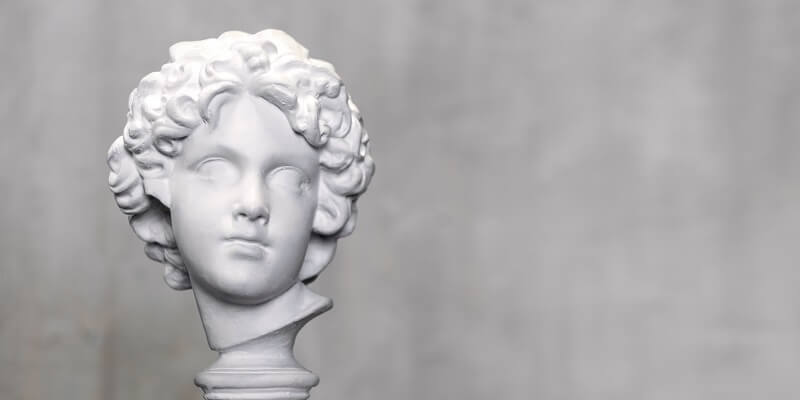The intersection of art and technology has given rise to a stunning new sculpture called “The Impossible Statue.” Created with the help of artificial intelligence (AI) and trained by a team of master sculptors, the artwork has sparked a debate about the role of AI in the art world and whether it can be considered true “art.”
Description of the “Impossible Statue”
The stainless steel statue stands 150 centimeters tall and weighs a hefty 500 kilograms. It depicts an androgynous figure with the lower half of the body covered by a swath of material. The figure is holding a bronze globe in one hand, with an indeterminate and thought-provoking face. The overall design of the statue is both modern and timeless, with clean lines and a striking pose.
The process of training AI to design the statue
A team of five master sculptors, including Michelangelo, Rodin, and Takamura, collaborated to train the AI in the art of sculpture. The software was fed a slew of images of sculptures created by each of the artists, which it used to create several images in 2D.
The software suggested images that reflected key aspects of each artist’s work. These suggestions were then evaluated by the master sculptors and reworked until an ideal design was reached. The sculptors then brought the AI’s design to life in a collaborative process that integrated traditional sculpting techniques with innovative digital tools.
The statue has been met with both awe and skepticism. Julia Olderius, who is in charge of concept development at the museum that commissioned the piece, was struck by the statue’s non-human appearance. “Something about it makes me feel like it was not made by a human being,” she said.
However, not everyone is convinced that the AI-generated statue qualifies as “art.” Some argue that the machine’s capacity to generate proposals limits the creative process and undermines the artist’s individuality, while others see it as a triumph of technological prowess and creativity.
The role of AI in the art world
Despite these debates, Olderius remains optimistic about AI’s role in the art world. “I don’t think you have to be afraid of what AI is doing with creativity or concepts or art and design,” she said. “I just think you have to adapt to a new future where technology is a part of how we create concepts and art.”
Many artists and critics agree that AI can contribute to the creative process. By providing new tools and perspectives, AI can help artists explore unique ideas and bring them to life in novel ways. Yet, the relationship between AI and art remains complex and is evolving.
“The Impossible Statue” brings to the fore questions about the boundary between technology and art, as well as the potential for collaboration between humans and machines. What is clear is that AI offers exciting new opportunities for the art world, and we are just beginning to realize its potential. As we continue to explore the possibilities, we must remain open to the unexpected and embrace the challenges that come with integrating AI into our creative practices.

